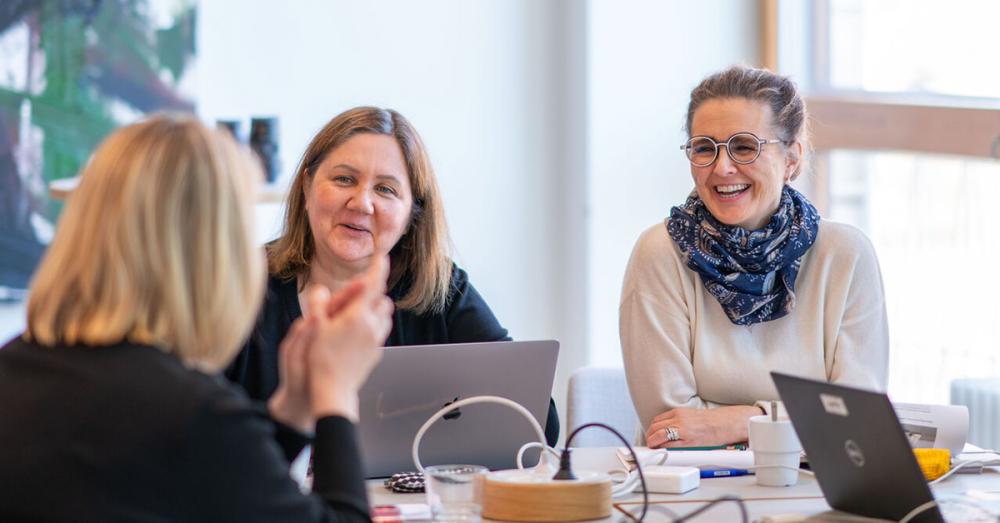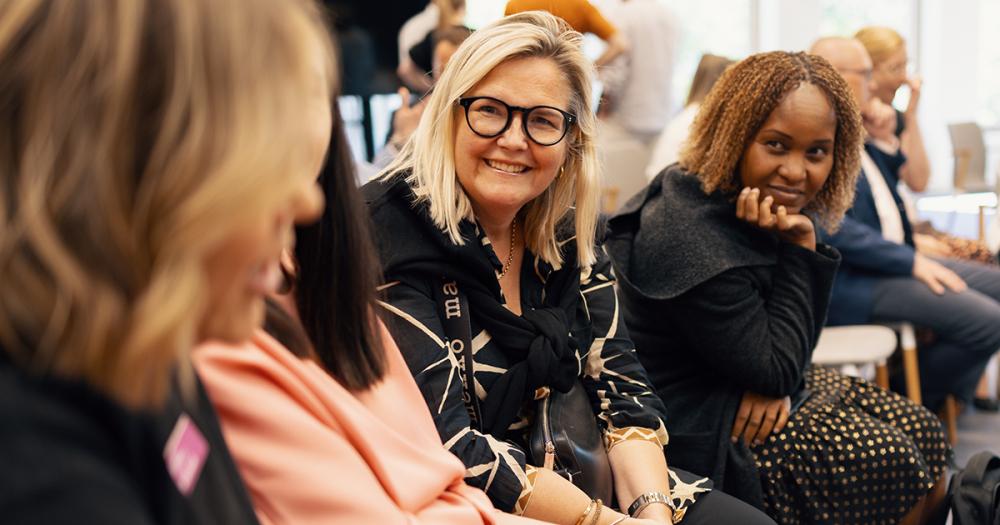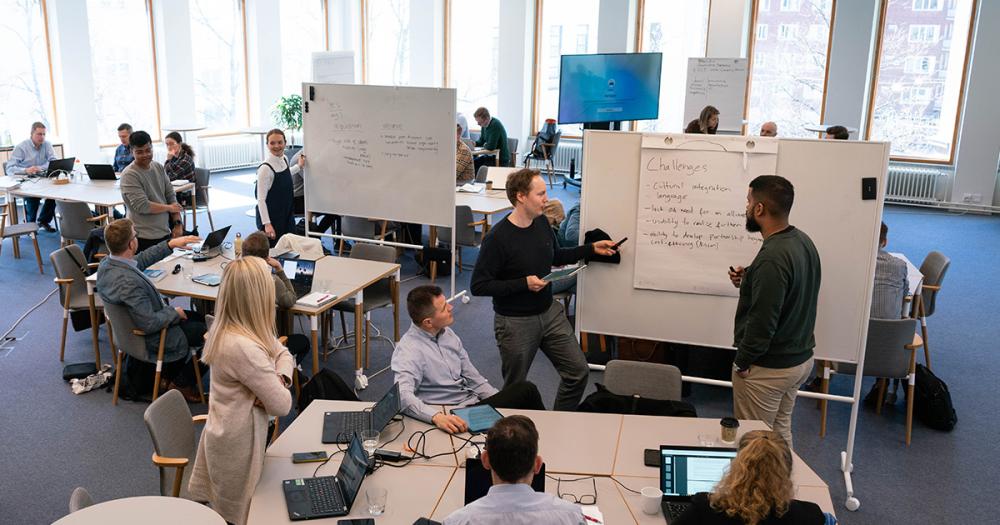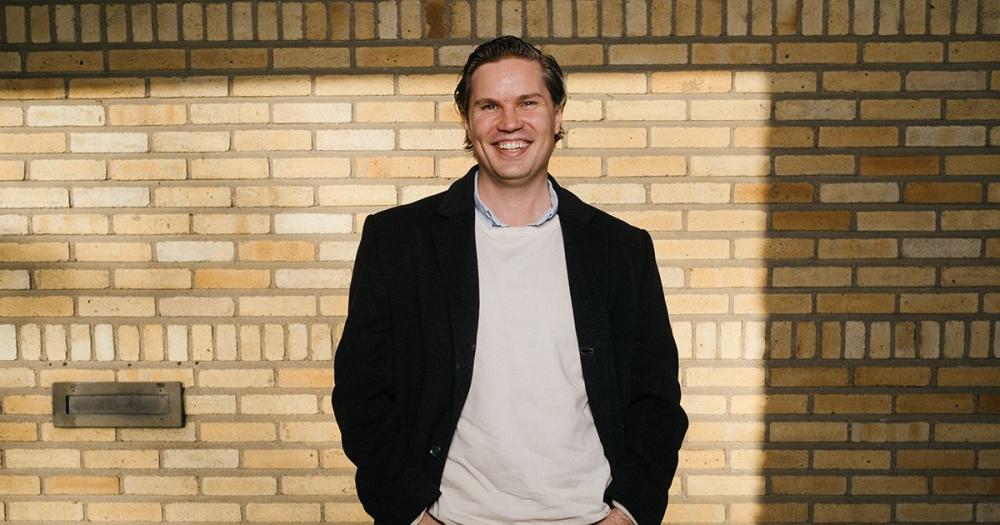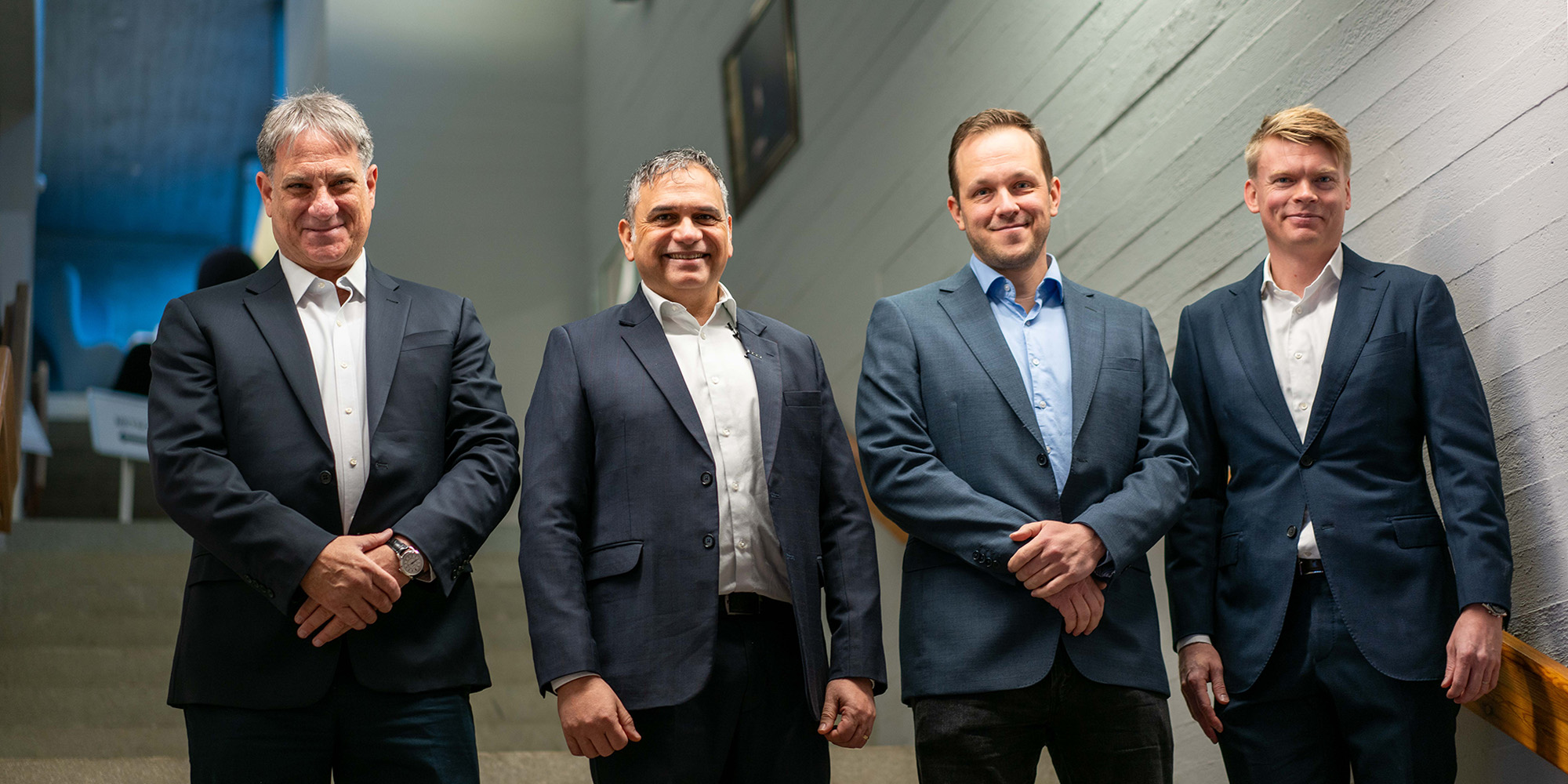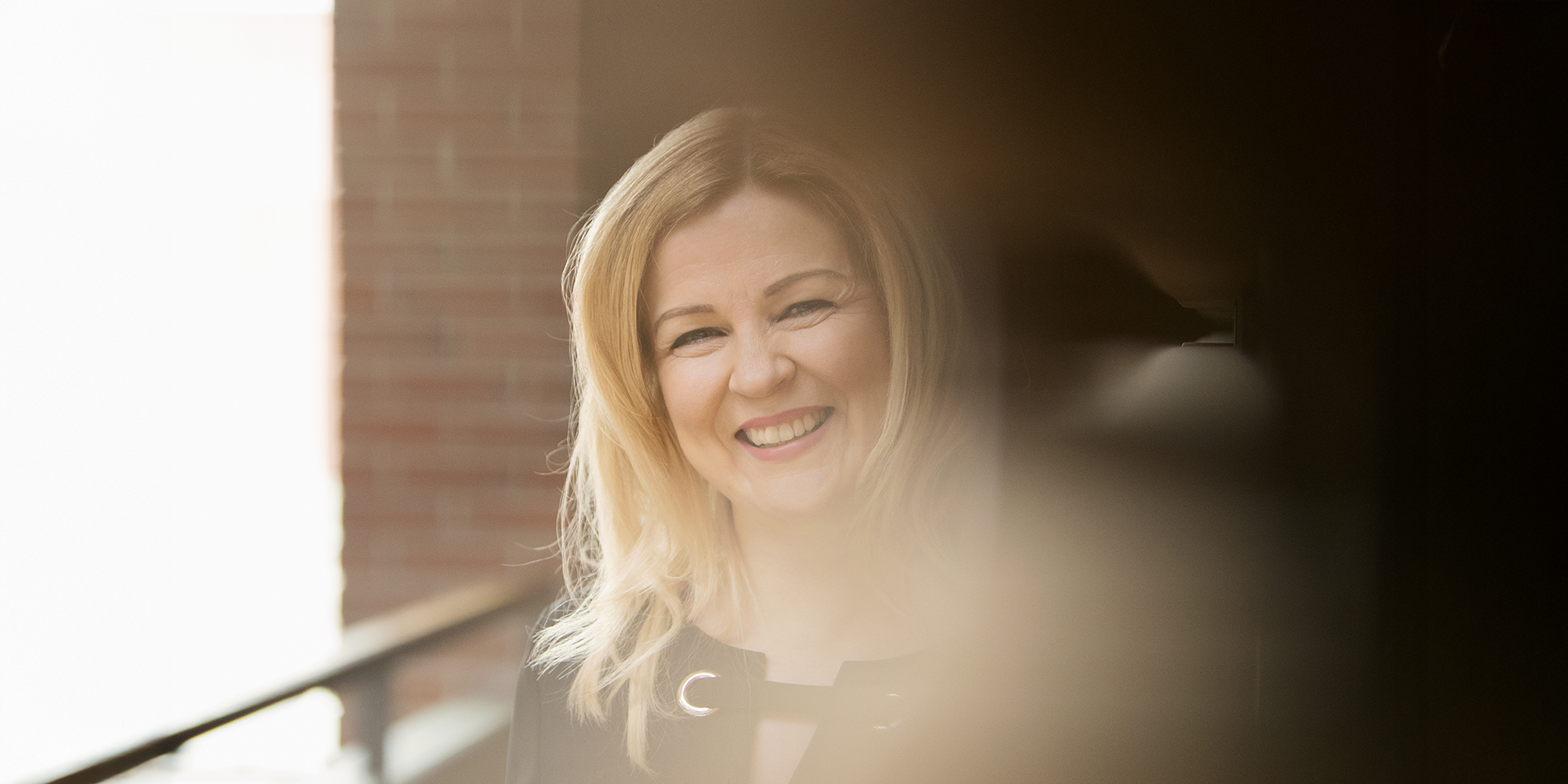The meeting room table at Aalto EE is surrounded by a vast amount of service design expertise, strategy and customer insight, and knowledge of organizational culture development.
Service design company Palmu and Solita’s Organization Designer Petri Aaltonen and Aalto University Professor of Practice Risto Sarvas hardly even need questions presented to them, when the topic is customer experience and customer understanding.
“Customer perspective is a key guiding factor in decision making, goal setting, and people orientation. It’s important to place it firmly alongside business objectives, to hire the right kind of people in the organization, and to nurture the kind of behavior where the customer is always involved in some way,” Aaltonen begins.
It’s important to nurture the kind of behavior where the customer is always involved in some way."
He points out, however, that in the service design industry, customer experience has sometimes been taken too far, and that people have been staring blindly at customer experience alone. Sarvas is nodding along.
“User-centric design in IT began in the ’80s, and at some point the pendulum has swung a little too far, with people being overly customer centered and forgetting that there are business goals as well,” Sarvas says.
“After all, it’s not exactly terrific customer service if the company doesn’t even exist anymore in two years’ time.”
Who is responsible for the customer?
One key matter in customer focus involves deciding on who is responsible for the customer and how deeply the customer is embedded in the organization.
“Do we just bring the customer in from the bench to B-class games, or are they really involved in the strategy,” Sarvas illustrates.
“Thinking about it through the idea of a pendulum, certain developers in the public sector have become completely stuck on developing the customer experience and service design, but it may not appear at all in the top management agenda,” Aaltonen adds.
“It’s not just a question of whether an organization is customer centric or not, but how big a role the customer has when the company considers its strategy. In successful cases, customer experience is always a consideration for the management team as well."
According to Aaltonen, the customer was barely there in traditional strategy lessons, but now the customer is inching closer to the core of a company’s strategy work. Sarvas reminds us that grand speeches and practice—what happens under the hood—still differ from one another.
In successful cases, customer experience is always a consideration for the management team as well."
Developers and customer-oriented designers are often still propeller heads who are allowed to make fun experiments. The reality of customer understanding in a company is measured in the way the experiments are treated: Do they ever amount to anything and are they being scaled up to a higher level, or do they remain so-called ‘proof of concepts’, as they say in the IT world.
“What these speeches do, however, is that they raise the matter into the spotlight. Every self-respecting company executive has to be able to answer the question of how the customer is being taken into consideration. The digital world and the competition over competent employees also create pressure in this direction. Professionals often call for companies to have a healthy customer focus, and they won’t come and work for you if enough thought hasn’t been put into this,” Sarvas says.
Same demographic, different needs?
At the core of a customer-centric organization is customer understanding. To achieve this, the needs of the customer have to be identified—that is, you must really understand them. You need to know what kind of customer grouping is the most relevant to your company’s business, and go to the customer.
“Customers and their needs come in all shapes and sizes, and customers value different things. It’s essential that the organization is able to recognize the diverse needs of its customer base and that it can make a choice as to what groupings are important for the organization,” Aaltonen says.
“Many international companies offering success services do just one thing really well.”
According to Sarvas, the same customers can be grouped in thousands of different ways. A competent organization is able to identify the groupings that are the most essential for its own purposes. This means that the company’s own strategy and priorities have to be very clear.
It is easy to say that you have permission to try and fail. But it’s not commonplace in many companies.”
“For example, if we were to take a strict demographic segment and consider very wealthy English men in their 70’s whose hobbies include oil painting, we’d have to put Prince Charles and Ozzy Osbourne in the same bin. I would argue, however, that their needs are different,” Aaltonen says.
Still, focusing on one issue and limiting your customer groups is difficult. It requires you to give up something, which can easily turn into internal company politicking.
According to Sarvas, limiting is not so much a problem on an individual but on a collective level.
“When one person says this and another one says that, it’s easy to fall back on continuing the same way as before. And even if I had the power to decide, will I be able to include in the decision the notion that I am probably wrong?” Sarvas says.
“It is easy to say that you have permission to try and fail. But it’s not commonplace in many companies,” Aaltonen adds.
Data tells the story
In addition to Big data, it’s also a good idea to remember Thick data—to dive deeper behind the figures. In order for the data to help you, you need to understand it.
“You need to know which questions to ask from the data. Otherwise it’s just statistics. Data always tells a story—and it tells you the story you ask from it,” Sarvas says.
Data always tells a story—and it tells you the story you ask from it.”
Aaltonen reminds us that in addition to understanding the underlying behavior behind the data, it is necessary to know which sources are relevant for the collection of data.
“Caring for your data is an ongoing process that’s never complete. Data goes out of date, it must be accumulated and refined, and its quality must be improved continuously. You also need to consider which sources to collect it from,” Aaltonen says.
Both men remind us that everything is still always based on considerations, ideas and knowledge on how to use the data.
“Even if you had the absolute dream dataset at your disposal, the decision-making process is ultimately based on intuition,” Sarvas says, with Aaltonen agreeing:
“Data gives you insights. But if there’s no consideration or idea, and no deep understanding of people’s needs and worries, or what obstacles they have to buying, for example, then nothing will come out of it.”

